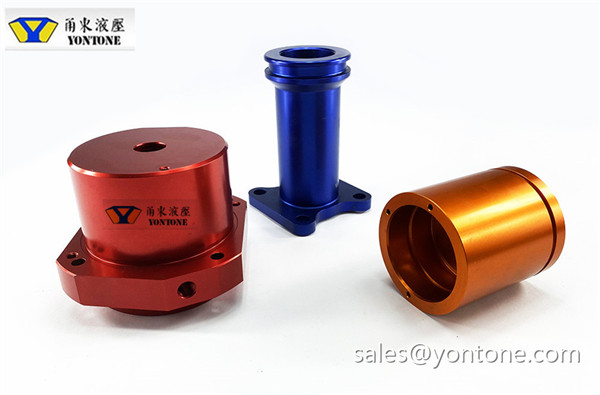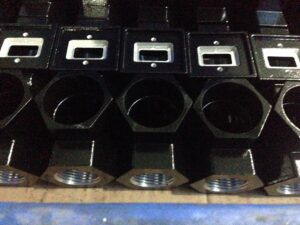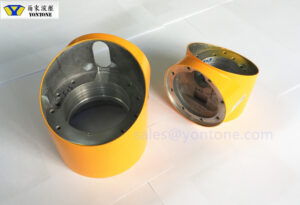Video - Manufacture Process
Check out our informative videos showcasing the entire production process. From mold manufacturing to die-casting, casting, machining, surface treatment, and post-quality inspection, we’ve got you covered.
- Discover our step-by-step videos showcasing the mold-making process. Get an in-depth look at each stage of creating high-quality molds with our informative videos.
- HPDC High Pressure Die Casting Process & LPDC Low Pressure Casting
- CNC Machining Process
- Quality Control Process
- Surface Treatment Process
Mould Making Process - Design and Making
Mold Design, Mold Flow Analysis, Mold Manufacturer, Trial Mold, Sample Delivery.
Mold design is crucial in the die-casting process, as it not only affects the molding, dimensions, internal quality, and yield of the product but also influences production efficiency.
When the customer doesn’t have drawings. In such cases, Yontone uses 3D scanning equipment to scan the samples provided by the customer and generate the necessary drawings.
Starting from the mold material to milling the mold core in the processing center, undergoing additional processes such as wire cutting and electrical discharge machining, followed by polishing and assembly, the mold is ready for trial production.
The production of the mold frame primarily involves milling out a cavity of dimensions suitable for placing the mold core in the middle of the entire block of mold frame material. Simultaneously, accessories such as mold feet and mold brackets need to be fabricated.
EDM stands for Electrical Discharge Machining, aside from milling, is the longest processing step in mold manufacturing. It involves using electrodes to gradually erode the portions that cannot be machined conventionally through electrical discharge.
WEDM stands for Wire Electrical Discharge Machining, also known as wire cutting. It is typically used for perforation or shaping of components such as pins, ejector rods, and other accessories.
HPDC High Pressure Die Casting Process & LPDC Low Pressure Casting
Casting is divided into low-pressure casting and high-pressure die casting. Die casting is further categorized into hot chamber die casting and cold chamber die casting.
CNC Machining Process
Yontone provides various machining services for aluminum, zinc alloy, copper, iron, steel, titanium alloy, stainless steel, and magnesium alloy products.
Quality Control Process
Quality Control involves dimension inspection, material finished product inspection, performance inspection, surface treatment inspection, and more.
Surface Treatment Process
Surface treatment serves to protect the product by providing resistance against corrosion, oxidation, wear, and it enhances the overall lifespan and aesthetic appeal.
Common surface treatments for castings, die-castings, and machined products include spray coating, painting, electrophoresis, anodization, chrome plating, and more.




